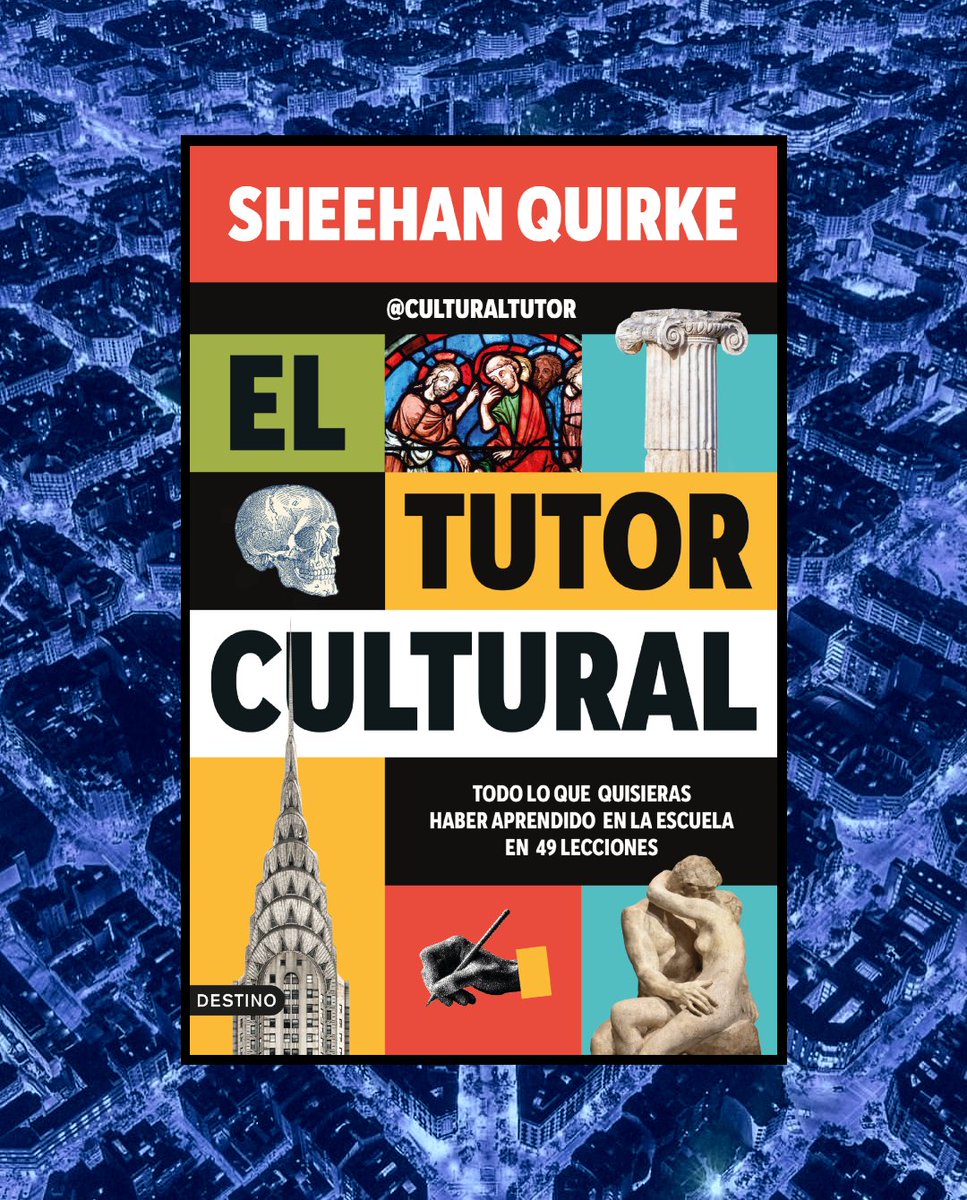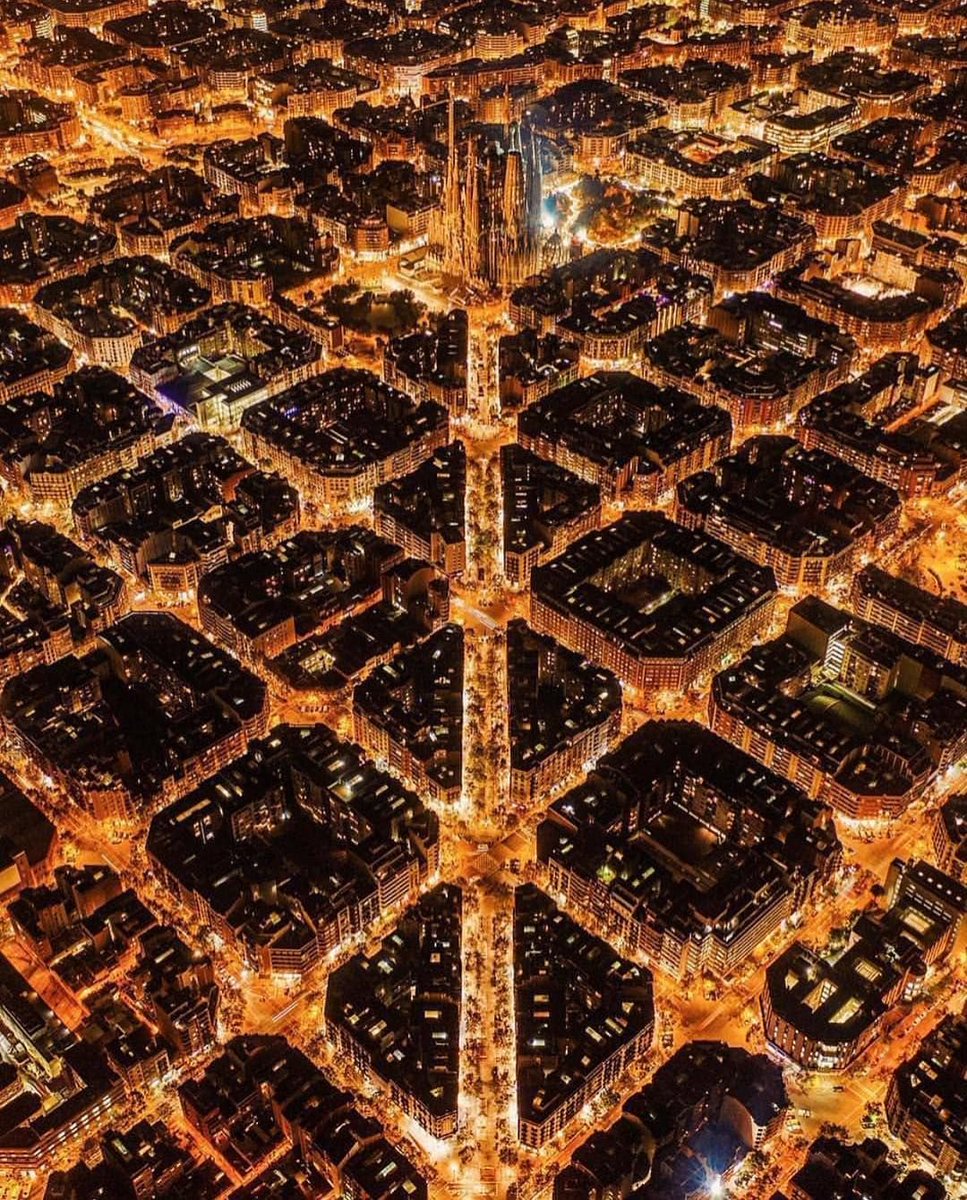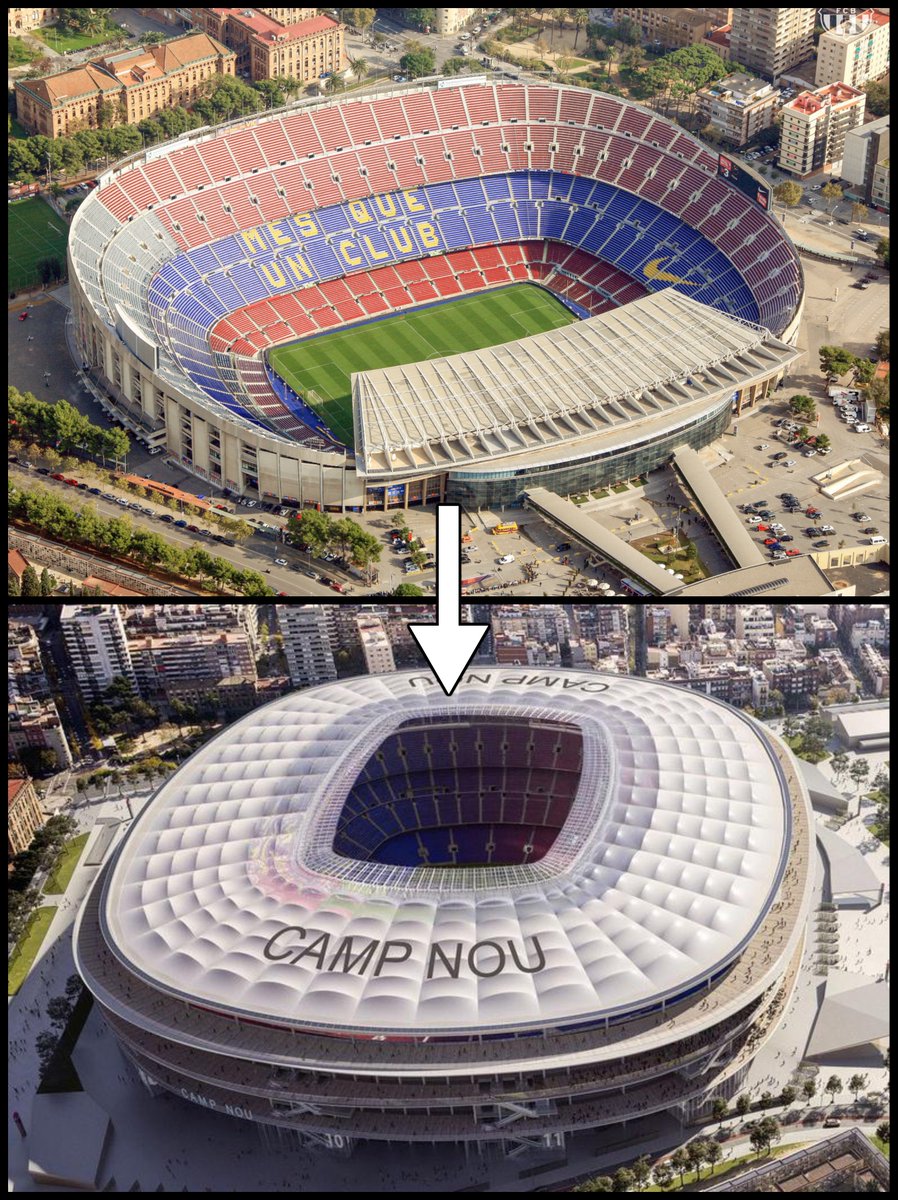Today is the winter solstice - the first day of the season. So here is a thread of the most beautiful paintings of winter:
The Hunters in the Snow by Pieter Bruegel the Elder (1565)
The Hunters in the Snow by Pieter Bruegel the Elder (1565)

• • •
Missing some Tweet in this thread? You can try to
force a refresh





































